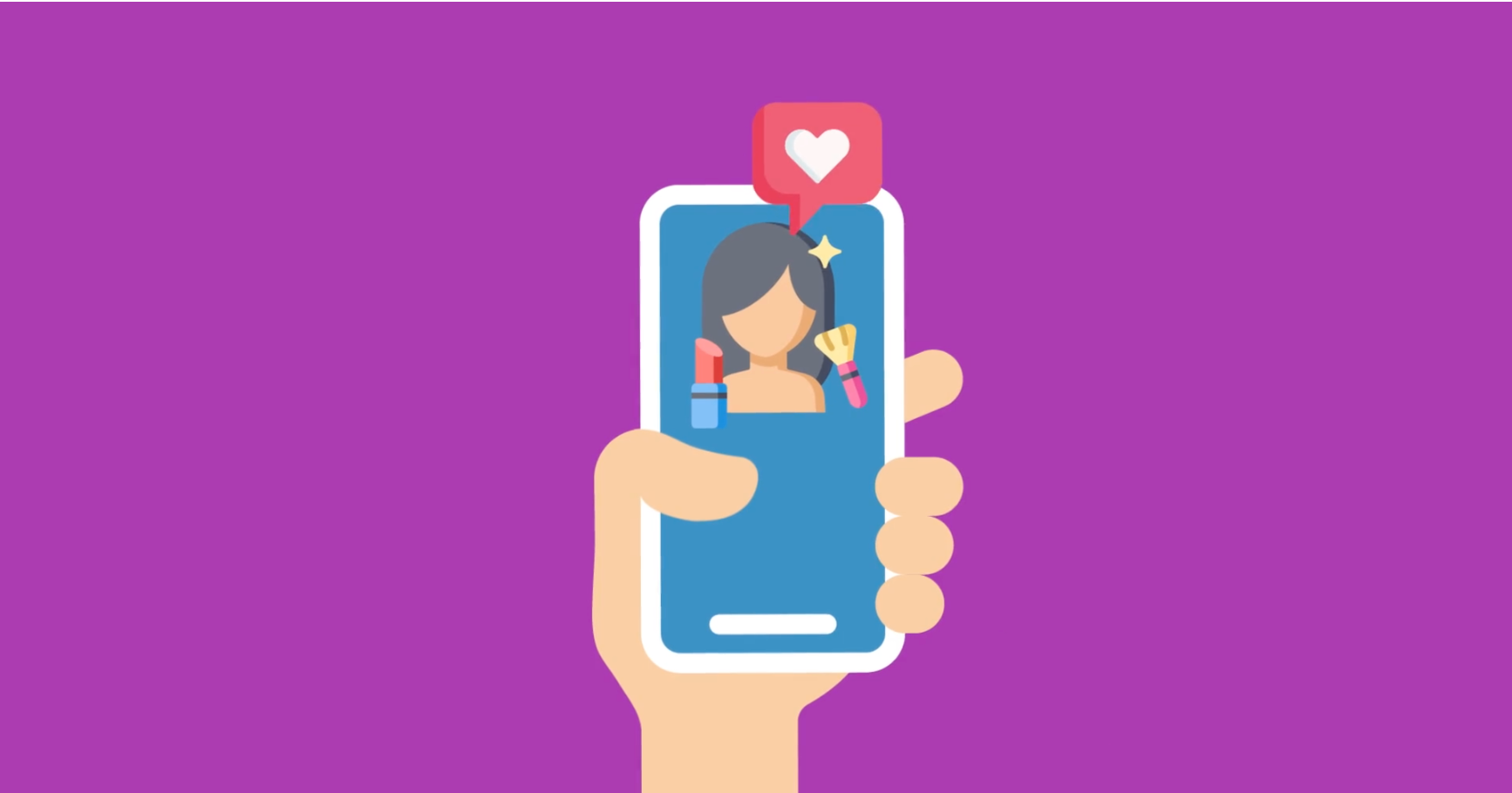

With a community of more than 500 million, Instagram is one of the world’s largest mobile advertising platforms. It has proven to be particularly effective in the world of local retail, allowing small businesses to share stories with a highly engaged audience in a creative, high-quality environment while also driving specific actions with their ads.
If brands want to take advantage of this local market opportunity, they can partner with their retailers to run Instagram advertising campaigns that drive product awareness but also specific consumer actions that will increase in-store traffic and, ultimately, sales.
Based on our experiences optimizing customer Instagram campaigns via Promoboxx Local Ads, here are five tips that will help you create Instagram ads that will resonate with your local audiences, convert digital impressions into customers, and drive them into your retailers’ stores:
There are different kinds of ad formats offered by Instagram: photos, videos (good for brand awareness), and carousels (good for showcasing different views and uses of a product). No matter which route you choose, though, you must begin with an understanding of Instagram’s thorough series of best practices and guidelines for advertising on the platform.
If you are already familiar with Facebook’s advertising policies, you’re in luck: the ad review process on Instagram is the same as on Facebook. By working with an understanding of their policies, what content can and cannot be featured, and the ads review process overall, you can save yourself from poor performance and any delays in campaign launch.
Related content: 5 Tips to Create Facebook Ads That Turn Digital Traffic into Foot Traffic >
It should go without saying, but in a visually-rooted digital medium like Instagram, the image is everything.
The image should obviously be compelling enough to stand out, but it should also be simple and uncluttered. It needs to be relatable, too, so avoid vague imagery. For best results, use an image that clearly focuses on the product you are advertising, whether you decide on an image of the product itself or one of the product in use.
The image should also explain right away what brand it is advertising. This may be accomplished by simply dropping in a clear, visible logo in the corner of the image. While the logo should be incorporated, it should be small enough as to not distract from the rest of the image. It’s also important to remember that there can be no more than 20% text on the image.
Once your image has grabbed consumer attention, you have just seconds to get your message across and make clear what action you want them to take. For a better chance at conversion, keep the copy short and sweet, focused, and action-oriented. You want to drive them to click on your call-to-action.
The character count limit for Instagram is 300, but 130 characters is recommended. Use more than 130 characters, and the remaining copy is hidden beneath a “view more” button that many consumers will not even bother clicking. If you need to add more than 130 characters, make sure that the most important part of the copy is front-and-center.
Related content: 4 Secrets to Running Paid Ads with Your Local Retailers >
As with any other paid advertising channel, Instagram is not a concrete science. Instagram in particular is still considered a “young” channel, so be sure to do A/B testing.
Play around with the campaign image and copy and see what works best for your brand and the retailers marketing your products. You could create two ads that utilize different images and ad copy to see which of the two performs best.
It will only help to optimize your campaigns for maximum success as you move forward.
The objective of a brand-to-retailer Instagram advertising campaign should be to drive local consumers to take an in-store action. Therefore, you should avoid brand-specific awareness campaigns. Those are best saved for larger national level campaigns.
Instead, make the call-to-action relevant to the retailers by keeping it sales-focused and honing in on the specific product(s) and offer(s) you are promoting with them.
Most CTAs come in the form of a “Learn More” button on the ad. These should not just lead consumers to the brand or retailer website, though. The CTA should take consumers to a mobile-optimized landing page that is specific to the campaign or offer and provides local where-to-buy information.
Join the ranks of New Balance, GE Appliances, and The North Face, who are already teaming up with their local retailers to bring new customers in-store with paid ads. Learn more >
Promoboxx Adds Instagram to Suite of Local Ads Channels [Product Update] >
4 Secrets to Running Paid Ads with Your Local Retailers >
5 Tips to Create Facebook Ads That Turn Digital Traffic into Foot Traffic >
Top 5 Social Media Tips You Should Be Giving Your Local Retailers >

